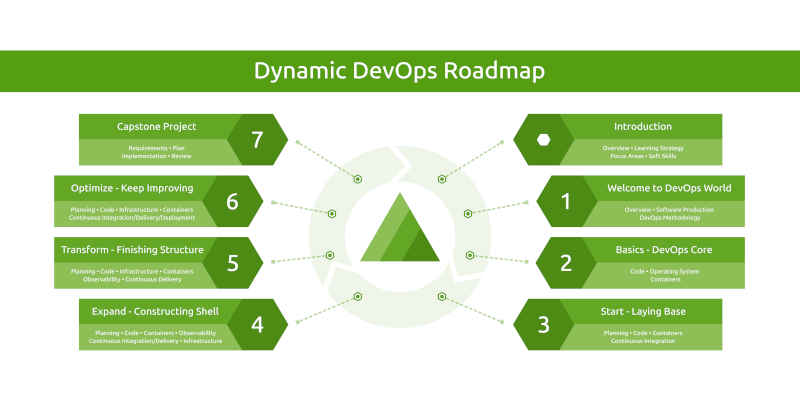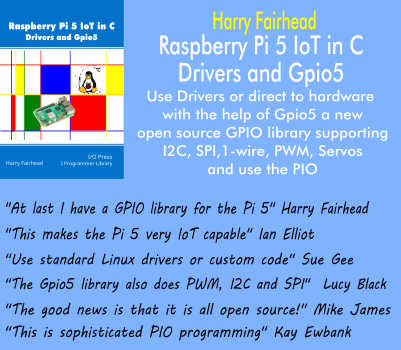| The Dynamic DevOps Roadmap |
| Written by Nikos Vaggalis |
| Wednesday, 05 February 2025 |
|
Αre you taking your first steps in the Devops world? Have you gone beyond the basics and trying to find your bearings figuring out what to focus on next? No worries, the Dynamic DevOps Roadmap will show you the way. This guide takes a different approach than the usual linear path (learn some topic to the end, then move to another) by basing on the philosophy that : You cannot start a DevOps position by merely learning the tools which is what most roadmaps and guides out there suggest. The Dynamic DevOps Roadmap instead suggests another way; to first get a solid understanding of the use case and the concept of the problem at hand and tackle it by adopting an iterative style, with each iteration covering a new DevOps area.
So let's break it apart. The guide mainly focuses on modern practices like Cloud, Docker, and Kubernetes and comprises of the following modules:
Module 1: Welcome to the DevOps World Module 2: Basics - DevOps Core Module 3: Start - Laying the Base Module 4: Expand - Constructing a Shell
The gist is that being a Devops engineer you can't get away just by learning the tools; you got to know how to code to an extent. Module 5: Transform - Finishing the Structure Module 6: Optimize - Keep Improving That aside, the roadmap also includes useful Interview tips and advanced career growth topics, like transcending into branches like DevOps, MLOps, SRE etc. To conclude, the guide provides a structured and iterative approach to career growth for the Devops engineer to follow. More InformationRelated ArticlesThe DevOps with Docker Course From Finland
To be informed about new articles on I Programmer, sign up for our weekly newsletter, subscribe to the RSS feed and follow us on Twitter, Facebook or Linkedin.
Comments
or email your comment to: comments@i-programmer.info |




